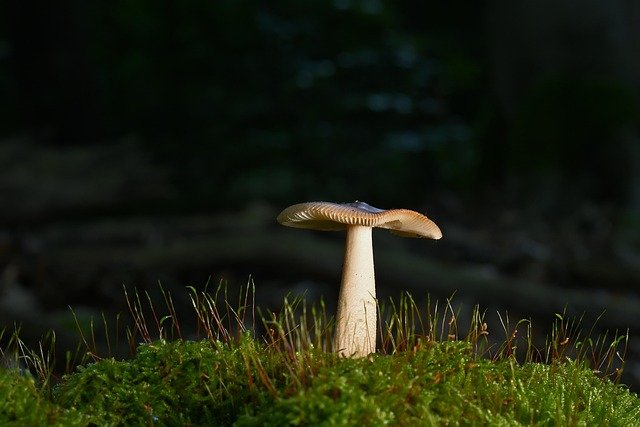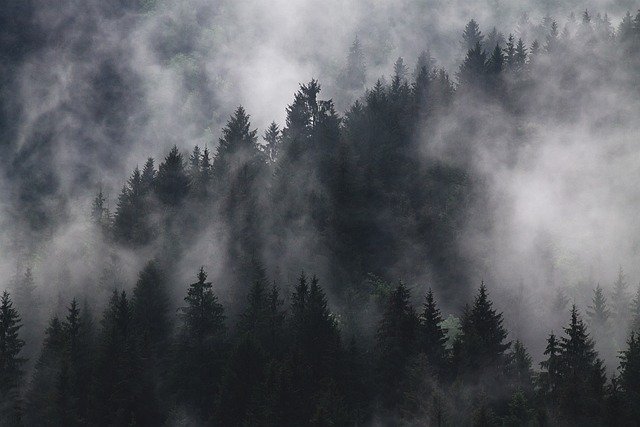**Title: "The Evolution of Storytelling in Video Games

The Secret Lives of Urban Wildlife
Urban areas are often seen as concrete jungles, bustling with human activity and devoid of nature. However, beneath the surface, a vibrant ecosystem thrives, filled with fascinating creatures that have adapted to life alongside us. In this post, we will explore the secret lives of urban wildlife, shedding light on their behaviors, challenges, and the roles they play in our cities.
The Adaptation of Urban Animals
Many species have adapted remarkably well to urban environments. Here are a few examples:
1. Raccoons
Known for their dexterous paws and masked faces, raccoons are often seen rummaging through trash cans. Their ability to thrive in urban settings is due to their intelligence and adaptability. They are nocturnal foragers, using their keen sense of touch to explore and find food.
2. Pigeons
Often referred to as "rock doves," pigeons have made cities their home. Their ability to breed year-round and their strong navigation skills make them well-suited for urban life. Pigeons play a vital role in the ecosystem by helping to disperse seeds and providing food for urban predators.
3. Coyotes
Coyotes are increasingly spotted in urban areas, where they have learned to navigate human landscapes. They are opportunistic feeders, preying on small mammals and scavenging for food. Their presence can help control rodent populations, making them an essential part of the urban ecosystem.
The Challenges They Face
While urban wildlife has adapted to city life, they also face numerous challenges:
- Habitat Loss: As cities expand, natural habitats are destroyed, leaving wildlife with fewer places to live and breed.
- Pollution: Urban environments are often polluted, affecting the health of wildlife. Contaminated water sources and toxic chemicals can harm animals and their food supply.
- Human Interaction: Encounters with humans can be dangerous for wildlife. Vehicle collisions, habitat encroachment, and intentional harm can threaten their survival.
The Importance of Urban Wildlife
Urban wildlife plays a crucial role in maintaining ecological balance. Here’s why they matter:
- Biodiversity: Urban wildlife contributes to the overall biodiversity of the area, which is essential for ecosystem health.
- Pest Control: Many urban animals, such as birds and mammals, help control pest populations, reducing the need for chemical interventions.
- Education and Awareness: Observing urban wildlife can foster a greater appreciation for nature and promote conservation efforts.
How to Coexist with Urban Wildlife
Here are some simple ways to coexist peacefully with urban wildlife:
- Create Wildlife-Friendly Spaces: Plant native plants in your garden to provide food and shelter for local wildlife.
- Avoid Feeding Wildlife: Feeding animals can lead to dependency and alter their natural foraging behaviors.
- Educate Others: Share your knowledge about urban wildlife and encourage others to respect and protect these creatures.
Conclusion
Urban wildlife is a testament to nature's resilience and adaptability. By understanding and respecting the secret lives of these animals, we can foster a healthier coexistence and ensure that our cities remain vibrant ecosystems. So, the next time you spot a raccoon or hear the call of a coyote, take a moment to appreciate the wild side of urban life!
Feel free to share your experiences or thoughts about urban wildlife in the comments below! 🦝🌿

All images are taken from the Pixabay.com